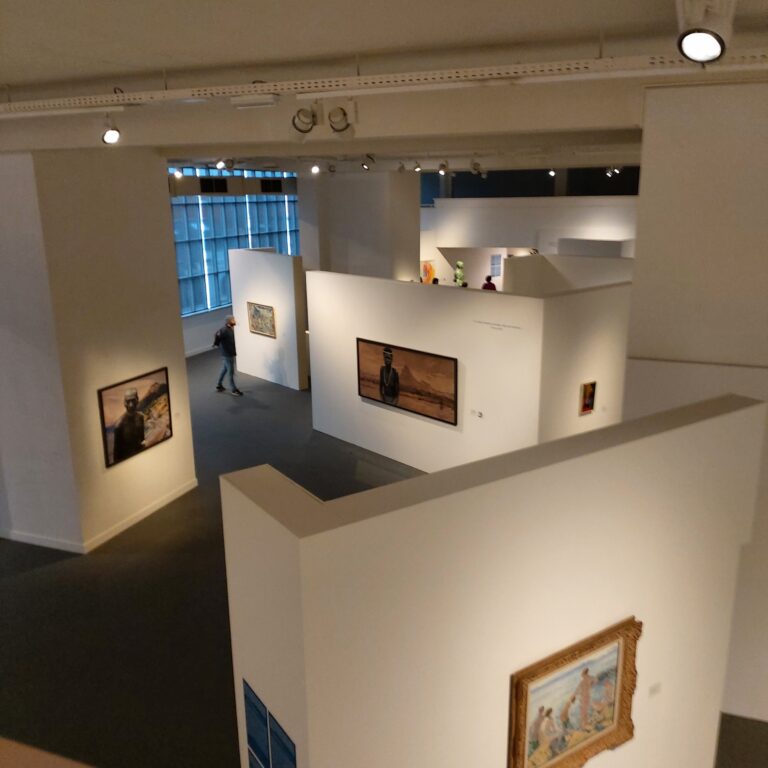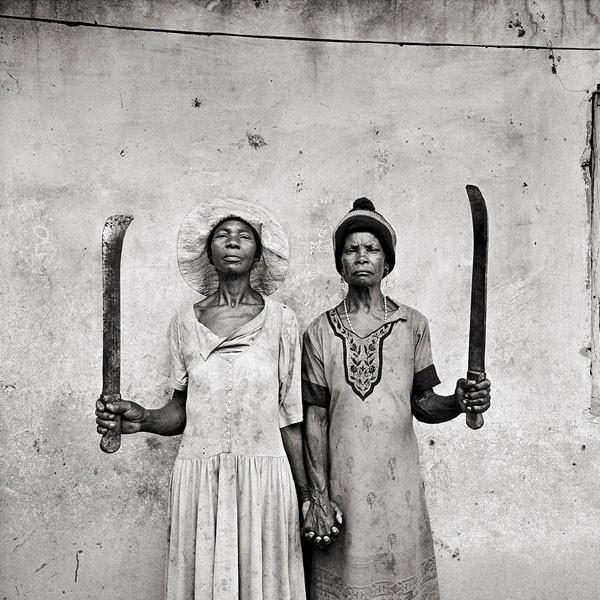About that new parliament building

In 2019, the government announced the winner of their competition for the design of a new Parliament building at National Heroes Park. The winning proposal was titled “Out of Many, One People” by the Design Collaborative, led by Evan Williams. Late last year, with the pandemic in progress, it was announced that construction would start in 2021. It is unclear whether this implementation date is still on the books or whether it has been deferred. But the debate on this project, which has been a matter of contention for some time, ought to continue, with consideration for the changing circumstances.
Politicians claim that Gordon House is too small for them to do their jobs properly and was, in any case, built for the Kingston and St Andrew Municipal Corporation, which has more modest spatial needs. Symbolic justifications, however, appear to have been just as important as the practical ones, and, perhaps, more so. The PM, in a 2019 release, argued that the “look, role and function of the Parliament building will provide a beacon of leadership that we think is prudent to encourage nationalism and signal the sovereignty of our people and the empowering of our State to exercise the will of the people of Jamaica.” The question arises whether this project does, in fact, reflect the will and priorities of the people.
It is certainly remarkable that this project should have been initiated at a time when public confidence in Jamaica’s political systems is at an all-time low, with the record-low turnout of only 37 per cent of the electorate at the snap 3 September 2020 General Elections, and possibly even more jadedness in the aftermath. If the PM is of the view that a new Parliament building would somehow restore political confidence and rally the national energies, he may be playing a potentially dangerous gamble with the symbolism involved. The building could just as easily become the de facto symbol of a disconnected, self-interested, and increasingly grandiose political machinery and failed national aspirations, that is oblivious to the deteriorating public mood.
The Parliament building is part of a bigger project that, we have been told, will also entail the construction of new offices for 14 government ministries and improved housing on some 300 acres of land in several communities around the park. This grand development plan, announced in 2017, was based on an unsolicited proposal from the China Construction Company, South America to develop a master plan that resulted in the signing of a memorandum of understanding between CCASA and the Urban Development Corporation. This unsolicited proposal raised major questions and concerns at the time, none of which have been satisfactorily addressed to date.
One such concern was about the involvement of a Chinese Government company in the planning and construction of Jamaica’s new Parliament building. It is not clear whether CCASA, or the Chinese Government, will play any role in the construction or funding of the Parliament building as public statements on the matter have been ambiguous, at best. The Chinese role in the construction of the new Foreign Affairs building already raised many eyebrows, but any similar involvement in a Parliament building that aims “to encourage nationalism and signal the sovereignty of our people” might be taking matters too far. The other was related to the implications for the residents of the surrounding communities, and the strong possibility of massive displacement and gentrification, which has been a matter of significant anxiety and debate in the affected communities. This question, too, remains unresolved, as details about the planned development have not been satisfactorily disclosed.
Personally, I have no issues with the design for the new Parliament building, which was the most feasible of the final designs and which resonates with the architectural style that was adopted around independence, for instance in the National Stadium. There is no doubt that a new or expanded Parliament building will eventually be needed, whether at Heroes Park or elsewhere, but Government should at least wait until the pandemic is under control and its socio-economic fall-out credibly managed, at the local level, before committing to a non-essential public project. PM Holness should not appear to be fiddling while Rome is so obviously burning.
If the symbolism of the proposed building is to have any credibility, furthermore, some level of public confidence first needs to be restored in our politicians, political systems, and governance. Our politicians – on both sides of the partisan divide – should, arguably, earn rather than claim the privilege of working from a new, state-of-the-art, prestige building, by providing tangible evidence of vast and meaningful improvements in public governance and accountability.
We need clarity on where things are at with the plans for the Parliament building, and those for the surrounding areas. Public discussion ought to be reopened in a manner which is free from obfuscation and allows for all relevant voices to be heard and taken into active consideration, before the implementation of this project actually starts.
Dr Veerle Poupeye is an art historian specialized in art from the Caribbean. She lectures at the Edna Manley College of the Visual and Performing Arts in Kingston, Jamaica, and works as an independent curator, writer, researcher, and cultural consultant.






